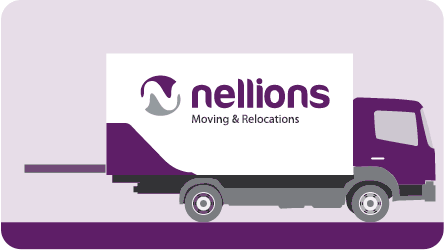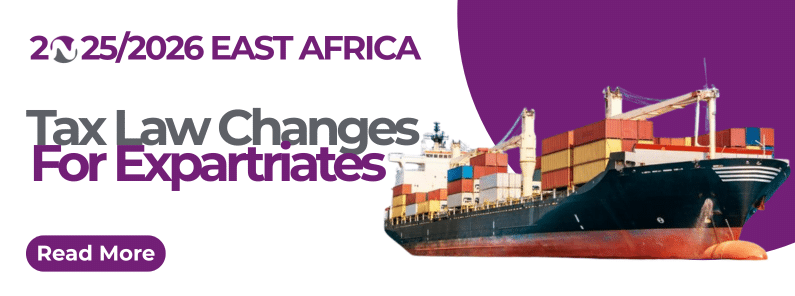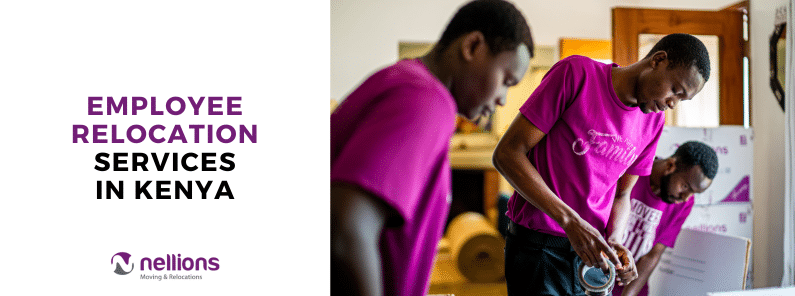Data plays a crucial role in enhancing decision-making in many modern companies. Enterprises can improve their accuracy and transparency by using reliable, data-driven return on investment (ROI) metrics to assess their local and international relocation strategies.
Most globally expanding companies relocate or recruit employees when they are most effective. There are numerous advantages to frictionless movement across borders for work, such as filling an interim role, training and development in a particular skill, and networking and conferencing opportunities. While measuring the ROI of a global mobility system can be challenging, modern business methods simplify the process and make the assessment strategy easier.
Measuring and using these KPIs to influence corporate relocation trends and behavior is becoming increasingly crucial to moving companies and corporate HR departments.
Developing KPIs to Measure Relocation Programs

A key performance indicator (KPI) measures the effectiveness of an action. Using KPIs, we can precisely determine the overall performance of an HR system or process. They are a reliable decision-making tool that can help companies adjust or correct processes that do not comply with your corporate relocation goals.
For objectives that are not easily quantifiable, KPIs may be created by developing and refining a simple intention, such as enhancing corporate relocations, then setting a numerical result to be achieved or a claim ratio that is not to be exceeded.
Read on to discover some core relocation program KPIs.
KPI #1 – Savings Percentage Achieved
Cost efficiency is a priority for companies administering a modern relocation policy using the latest technology as an investment. Therefore, in addition to raw program costs, we determine how much money the company saved in previous years. Companies apply various cost-saving measures, including using a network of preferred suppliers and interactive supplementary relocation software, all of which must be paid special attention to.
Considering the possibility of an economic downturn, companies should brainstorm ways to implement cost-saving strategies to survive and grow.
KPI #2 – Actual vs Estimated Costs
You can easily compare the budget gap between your estimates and the total costs using regular data on expenses and their breakdown by line item, e.g., equipment moving, furniture installation at a new destination, and so on. You can then monitor to see if your numbers are on point or way off by comparing the reliability rate of estimates from year to year.
Talent acquisition costs may be included in the Actual vs. Estimated Costs comparison to provide a more accurate and thorough picture of project costs. You may develop more accurate budget projections, spot potential cost-saving opportunities, and make data-driven decisions about staffing and project planning by considering the particular expenses related to finding and employing people. This guarantees that relocations stay within your budget and reduces any financial risks associated with high turnover or unforeseen rises in hiring costs.
KPI #3 – The Experience of the Relocating Employees
Relocation program managers should not wait until employees complain or issues escalate before they can explore their employee moving experiences on a granular level. To get a true sense of the experience, they must follow the relocation journey from start to finish. For instance, if you hire an international corporate relocation company, be present for conference calls between employees and moving consultants to understand how they plan to deliver a hassle-free experience and value for money.
You may also check in with employees often during the relocation and issue a survey afterward. This KPI requires proactive participation to rectify problems and avoid costly surprises.
KPI #4 – Impact on Key Initiatives
Some companies use relocation benefits to achieve larger initiatives, such as attracting and retaining top talent, which should be measured as program KPIs. For instance, international companies operating in Kenya find that offering relocation benefits to entry-level candidates improves their Diversity, Equity, and Inclusion (DEI) mandates, a long-term objective.
Others in the real estate and construction industry value expedited relocations because it is critical to the bottom line. Every day without employees at the site costs the company significant money. KPIs are company-specific, and each company should find a way to measure theirs.
KPI #5 – Mobility Trends and Policy Forecasts
Data profiles on your employees, family composition, and geographical locations will help companies better anticipate package cost calculations and monitor trends. This data can also be used for talent management and to determine which locations are best preferred by the relocation policy and whether it corresponds with the millennial workforce aspirations.
Tools and Software for Tracking KPIs

Tracking relocation metrics requires a KPI dashboard with a simple visual data display to read and interpret. While familiar tools such as Microsoft Excel and Google Sheets offer powerful functionality, most business managers are put off by the manual input required and data storage insufficiencies.
For businesses with a cloud provider, enterprise-level software such as Tableau, Microsoft Power BI, and Google Looker Studio make it easy for administrators to pull data from other platforms to an observable KPI dashboard. A proper platform provides immediate access to current information and solutions without requiring you to spend much money or wait a long time to expand your company’s operations into other regions.
Critical platform features include;
- Manage relocation and expansion plans and project status
- Support services through complex queries or processes
iii. Calculate the cost of living across countries, cities, or regions in seconds
- Instantly connect with moving experts around the world
- Initiate case management and track all respective areas and data in a user-friendly dashboard
- Provide global blueprints for setting up a business anywhere in the world
Global Mobility with Nellions Kenya

Financial ROI analyses on global mobility can offer solid proof of efficacy and point out areas for development when expanding a company worldwide. However, evaluating an international mobility program’s financial performance in isolation doesn’t provide the whole picture.
Expanding the scope of key performance indicators (KPIs) that align with the company’s culture and strategic goals, including employee engagement, can yield more significant data. Crucial context can also be added through qualitative research. When calculating return on investment, the first thing to consider is what success means to your company and its employees.
At Nellions Kenya, we are committed to streamlining your corporate relationship in East Africa and worldwide with proper KPI data management to meet your global mobility needs.
With Nellions, you can focus on enjoying your new corporate adventures in Kenya while we care for the rest.
Give us a call at +254700000002 or contact us at move@nellions.co.ke and let us help you with your move.











